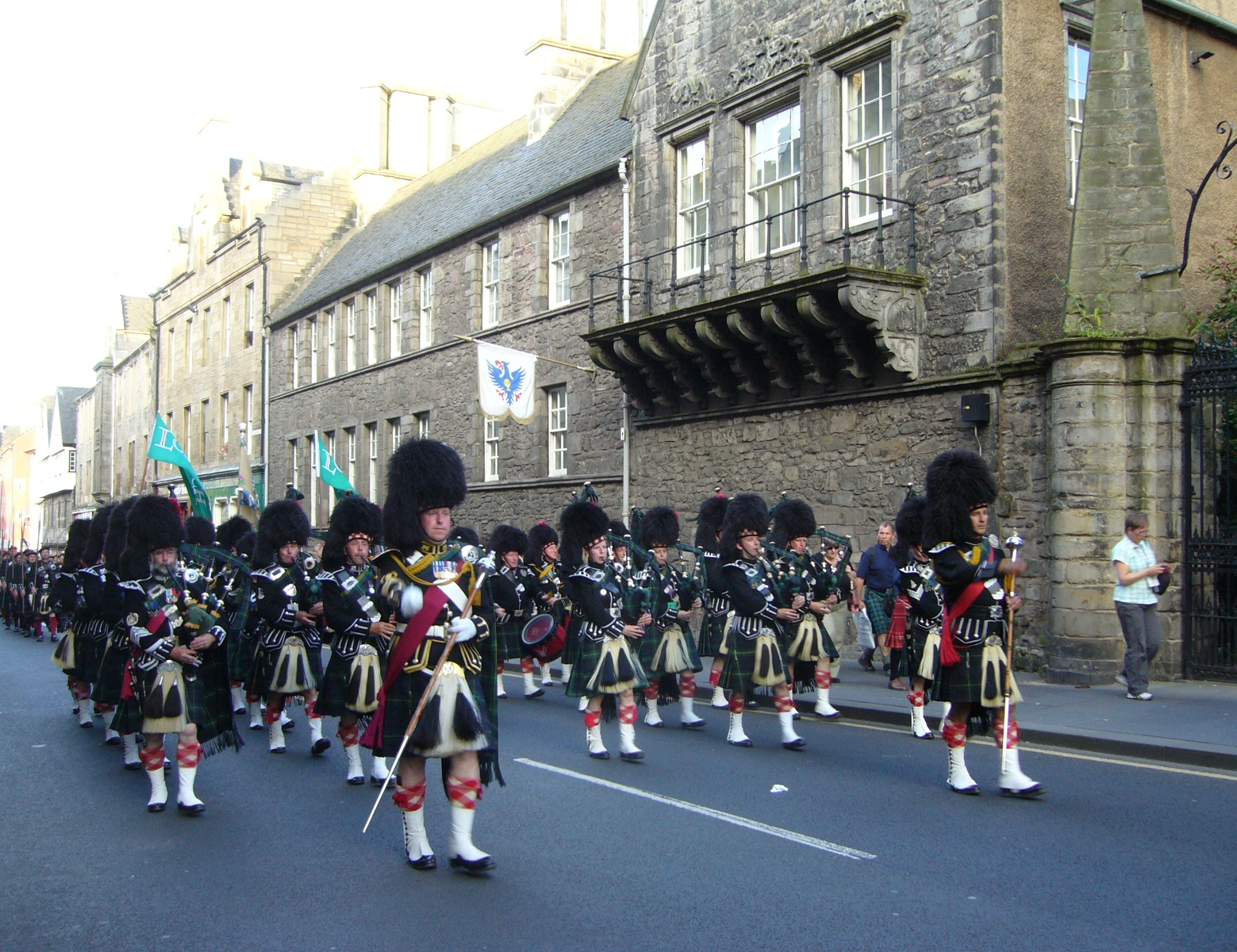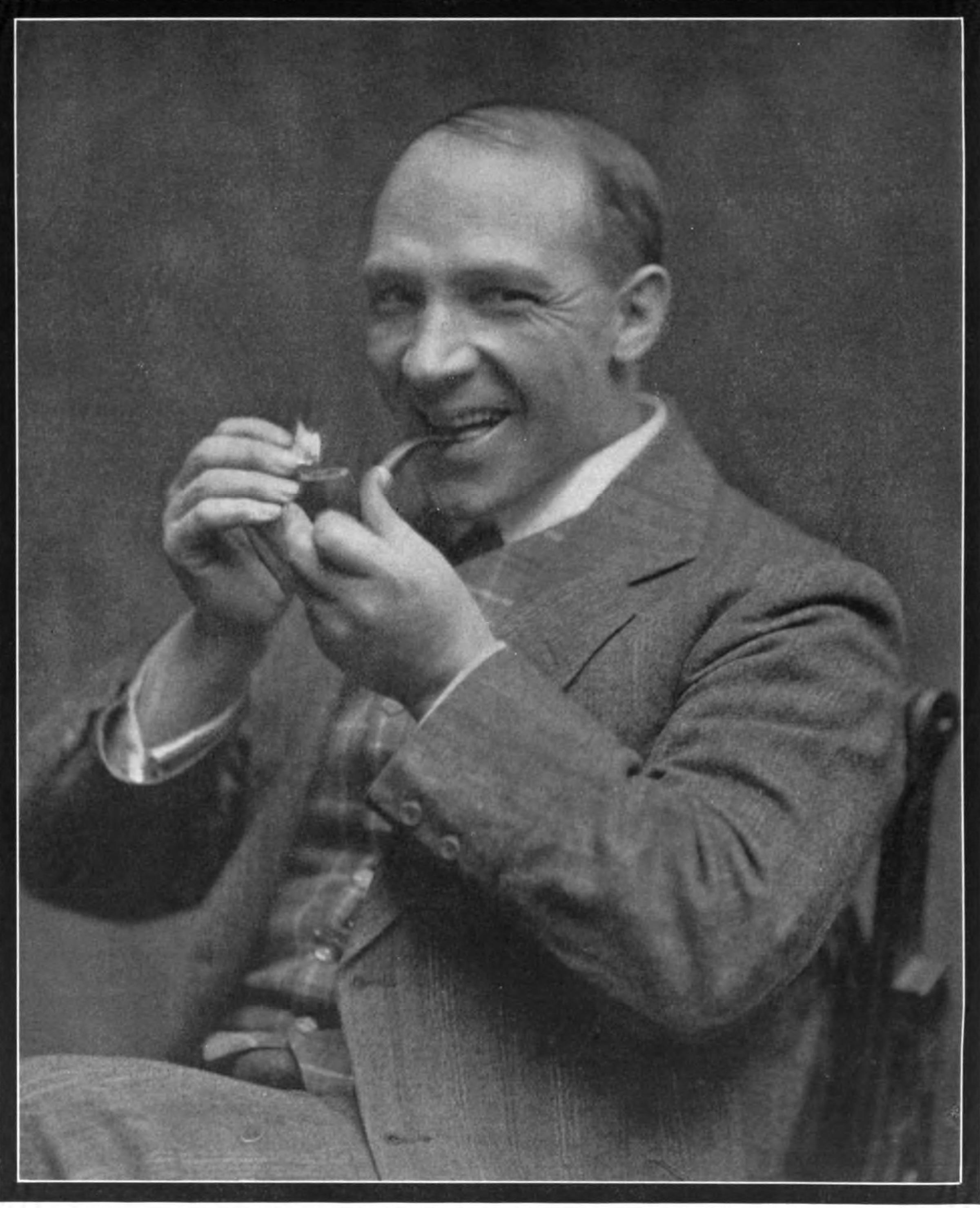|
Stonehouse Pipe Band
The Stonehouse Pipe Band is a pipe band from Stonehouse in the South Lanarkshire region of Scotland History The band was formed in 1899 under the leadership of Pipe major Hector McIness, and grew steadily during the pre-war years at the beginning of the last century. In 1909 Harry Lauder suggested a competition for civilian bands at the Cowal Gathering. He had been a miner and knew that many mining villages had pipe bands which would struggle to compete against the military bands in the Argyll Shield. So the civilian contest for the Sir Harry Lauder Shield began. The Argyll Shield is now the award for Grade One at Cowal, while the Sir Harry Lauder Shield is the award for Grade Two. In 1909 Stonehouse Pipe Band won the civilian contest and went on to retain it in 1910 and 1911. The band won the Argyll Shield in 1909 as well.Gibson, John G''Traditional Gaelic Bagpiping, 1745-1945'' Montreal: MQUP, 1998. The band original wore the McGregor tartan Tartan ( gd, breacan ) ... [...More Info...] [...Related Items...] OR: [Wikipedia] [Google] [Baidu] |
|
 |
Stonehouse, South Lanarkshire
Stonehouse is a rural village in South Lanarkshire, Scotland. It is on Avon Water in an area of natural beauty and historical interest, near to the Clyde Valley. It is on the A71 trunk road between Edinburgh and Kilmarnock, near the towns of Hamilton, Larkhall and Strathaven. The population of Stonehouse is around 7,500. History File:United.Presbyterian.Church.Stonehouse.jpg, United Presbyterian Church File:Scene.near.Glen-Avon.Stonehouse.jpg, Scene near Glen-Avon File:Montage.falls.fair.Glassford.bridge.Stonehouse.jpg, Montage of scenes: a falls, the fair at Auld Stonehouse, and Glassford Bridge File:Free.Church.Stonehouse.jpg, Free Church File:Cross.and.King.Street.Stonehouse.jpg, Cross and King Street File:Cross.and.Irongate.Stonehouse.jpg, Cross and Trongate File:Churchyard.River.Avon.Stonehouse.jpg, Churchyard and River Avon File:Cam'Nethan.House.Stonehouse.jpg, Cam'Nethan House (Residence of General Lockhart) File:Bridges.Stonehouse.jpg, Bridges File:Avon.Cander.juncti ... [...More Info...] [...Related Items...] OR: [Wikipedia] [Google] [Baidu] |
 |
Scotland
Scotland (, ) is a country that is part of the United Kingdom. Covering the northern third of the island of Great Britain, mainland Scotland has a border with England to the southeast and is otherwise surrounded by the Atlantic Ocean to the north and west, the North Sea to the northeast and east, and the Irish Sea to the south. It also contains more than 790 islands, principally in the archipelagos of the Hebrides and the Northern Isles. Most of the population, including the capital Edinburgh, is concentrated in the Central Belt—the plain between the Scottish Highlands and the Southern Uplands—in the Scottish Lowlands. Scotland is divided into 32 administrative subdivisions or local authorities, known as council areas. Glasgow City is the largest council area in terms of population, with Highland being the largest in terms of area. Limited self-governing power, covering matters such as education, social services and roads and transportation, is devolved from the Scott ... [...More Info...] [...Related Items...] OR: [Wikipedia] [Google] [Baidu] |
 |
Pipe Band
A pipe band is a musical ensemble consisting of Bagpipes, pipers and drummers. The term pipes and drums, used by military pipe bands is also common. The most common form of pipe band consists of a section of pipers playing the Great Highland bagpipe, a section of snare drummers (often referred to as 'side drummers'), several Scottish tenor drum, tenor drummers and usually one, though occasionally two, bass drummers. The tenor drummers and bass drummer are referred to collectively as the 'bass section' (or in North America as the 'midsection'), and the entire drum section is collectively known as the drum corps. The band follows the direction of the pipe major; when on parade the band may be led by a drum major, who directs the band with a mace. Standard instrumentation for a pipe band involves 6 to 25 pipers, 3 to 10 side drummers, 1 to 6 tenor drummers and 1 bass drummer. Occasionally this instrumentation is augmented to include additional instruments (such as additional percus ... [...More Info...] [...Related Items...] OR: [Wikipedia] [Google] [Baidu] |
|
South Lanarkshire
gd, Siorrachd Lannraig a Deas , image_skyline = , image_flag = , image_shield = Arms_slanarkshire.jpg , image_blank_emblem = Slanarks.jpg , blank_emblem_type = Council logo , image_map = , map_caption = , coordinates = , seat_type = Admin HQ , seat = Hamilton , government_footnotes = , governing_body = South Lanarkshire Council , leader_title = Control , leader_name = Labour minority (council NOC) , leader_title1 = MPs , leader_name1 = *David Mundell (Dumfriesshire, Clydesdale and Tweeddale) *Lisa Cameron ( East Kilbride, Strathaven and Lesmahagow) *Angela Crawley (Lanark and Hamilton East) *Margaret Ferrier (Rutherglen and Hamilton West) , subdivision_type = Sovereign state , subdivision_name = United Kingdom , subdivision_type1 = , subdivisio ... [...More Info...] [...Related Items...] OR: [Wikipedia] [Google] [Baidu] |
|
 |
Festival Intercelticu, Stonehouse Pipe Band (2)
A festival is an event ordinarily celebrated by a community and centering on some characteristic aspect or aspects of that community and its religion or cultures. It is often marked as a local or national holiday, mela, or eid. A festival constitutes typical cases of glocalization, as well as the high culture-low culture interrelationship. Next to religion and folklore, a significant origin is agricultural. Food is such a vital resource that many festivals are associated with harvest time. Religious commemoration and thanksgiving for good harvests are blended in events that take place in autumn, such as Halloween in the northern hemisphere and Easter in the southern. Festivals often serve to fulfill specific communal purposes, especially in regard to commemoration or thanking to the gods, goddesses or saints: they are called patronal festivals. They may also provide entertainment, which was particularly important to local communities before the advent of mass-produced e ... [...More Info...] [...Related Items...] OR: [Wikipedia] [Google] [Baidu] |
 |
Pipe Major
The pipe major is the leading musician of a pipe band, whether military or civilian. Like the appointment of drum major, the position is derived from British Army traditions. During the early twentieth century, the term sergeant piper was used instead. The pipe major is often assisted by a pipe sergeant, who has similar duties in the band and leads the band in the absence of the pipe major. Civilian bands In a civilian band, the pipe major is generally the leader of the band both musically and administratively. Some pipe majors also compete in solo competitions. British Army A pipe major's position is an appointment and not a rank. An appointee is required to have attained the rank of at least sergeant and to have successfully completed the pipe major's course at the Army School of Bagpipe Music and Highland Drumming, which is a 28-week long course. A pipe major may subsequently be promoted to staff sergeant/ colour sergeant, warrant officer class 2, and rarely warrant offic ... [...More Info...] [...Related Items...] OR: [Wikipedia] [Google] [Baidu] |
 |
Harry Lauder
Sir Henry Lauder (; 4 August 1870 – 26 February 1950)Russell, Dave"Lauder, Sir Henry (1870–1950)" ''Oxford Dictionary of National Biography'', Oxford University Press, 2004, online edition, January 2011, accessed 27 April 2014 was a Scottish singer and comedian popular in both music hall and vaudeville theatre traditions; he achieved international success. He was described by Sir Winston Churchill as "Scotland's greatest ever ambassador", who "... by his inspiring songs and valiant life, rendered measureless service to the Scottish race and to the British Empire." He became a familiar worldwide figure promoting images like the kilt and the cromach (walking stick) to huge acclaim, especially in America. Among his most popular songs were "Roamin' in the Gloamin", "A Wee Deoch-an-Doris", "The End of the Road" and, a particularly big hit for him, "I Love a Lassie". Lauder's understanding of life, its pathos and joys, earned him his popularity. Beniamino Gigli comme ... [...More Info...] [...Related Items...] OR: [Wikipedia] [Google] [Baidu] |
|
Cowal Gathering
The Cowal Highland Gathering (also known as the Cowal Games) is an annual Highland games held in the Scottish town of Dunoon, on the Cowal peninsula in Argyll and Bute, over the final weekend in August. History The first record of an organised Highland games in the town is in 1871, the same year as the Argyllshire Gathering in Oban started. In subsequent years games were held at New Year. The organisation of the Cowal events and other games around Scotland was due to a wide interest in Highland sports, partly stemming from Queen Victoria's love of Scotland. The event that would evolve into the Cowal Gathering was first held on 11 August 1894, and organised by local man Robert Cameron. 1906 saw the introduction of a pipe band competition for Army bands, at the suggestion of Malcolm McCulloch. 25 bands entered in 1909, the first year that civilian bands were allowed to compete. The Argyll Shield, donated in 1906 by Princess Louise, Duchess of Argyll, is still awarded to the w ... [...More Info...] [...Related Items...] OR: [Wikipedia] [Google] [Baidu] |
|
 |
Tartan
Tartan ( gd, breacan ) is a patterned cloth consisting of criss-crossed, horizontal and vertical bands in multiple colours. Tartans originated in woven wool, but now they are made in other materials. Tartan is particularly associated with Scotland, as Scottish kilts almost always have tartan patterns. Tartan is made with alternating bands of coloured (pre-dyed) threads woven as both warp (weaving), warp and Warp and woof, weft at right angles to each other. The weft is woven in a simple twill, two over—two under the warp, advancing one thread at each pass. This pattern forms visible diagonal lines where different colours cross, which give the appearance of new colours blended from the original ones. The resulting blocks of colour repeat vertically and horizontally in a distinctive pattern of squares and lines known as a ''sett''. Tartan is often called "plaid" (particularly in North America), because in Scotland, a ''Full plaid, plaid'' is a large piece of tartan cloth, wor ... [...More Info...] [...Related Items...] OR: [Wikipedia] [Google] [Baidu] |
.jpg) |
Pipe Bands
A pipe band is a musical ensemble consisting of pipers and drummers. The term pipes and drums, used by military pipe bands is also common. The most common form of pipe band consists of a section of pipers playing the Great Highland bagpipe, a section of snare drummers (often referred to as 'side drummers'), several tenor drummers and usually one, though occasionally two, bass drummers. The tenor drummers and bass drummer are referred to collectively as the 'bass section' (or in North America as the 'midsection'), and the entire drum section is collectively known as the drum corps. The band follows the direction of the pipe major; when on parade the band may be led by a drum major, who directs the band with a mace. Standard instrumentation for a pipe band involves 6 to 25 pipers, 3 to 10 side drummers, 1 to 6 tenor drummers and 1 bass drummer. Occasionally this instrumentation is augmented to include additional instruments (such as additional percussion instruments or keyboard ... [...More Info...] [...Related Items...] OR: [Wikipedia] [Google] [Baidu] |